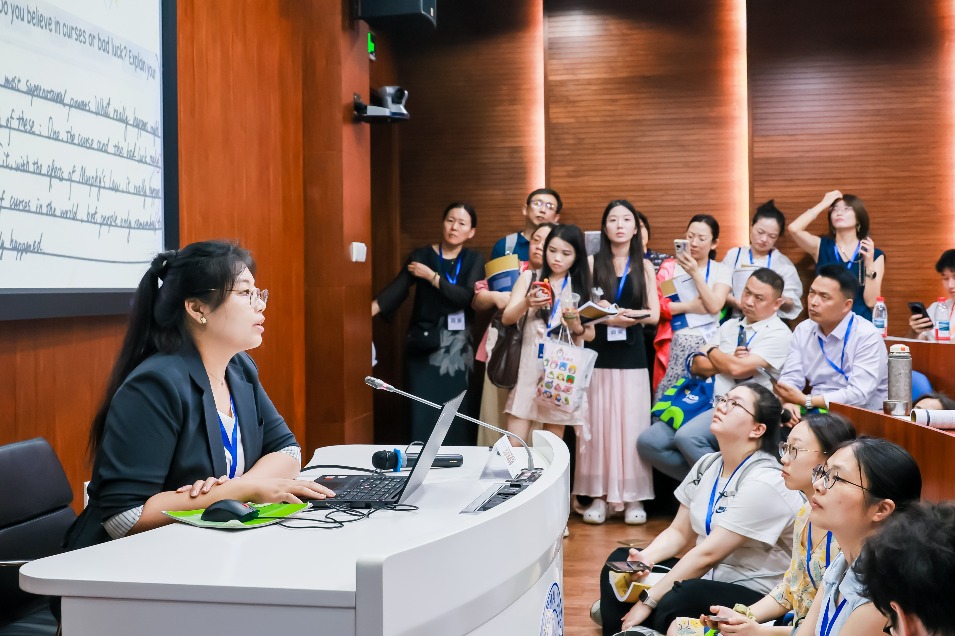Women's labor power untapped in Germany

BERLIN — With a rapidly aging population, Germany is urgently looking at how it can encourage more work from a labor force that enjoys the most ample leisure time in the rich world. But analysts say it is overlooking one vital, untapped resource — its women.
Government measures announced in July include tax incentives to encourage overtime and later retirement, plus a 2-billion-euro ($2.2 billion) investment in child care to help more mothers into the workplace.
But even with that, labor market experts say the package does not go nearly far enough to address deep-rooted obstacles in the tax system and long-standing cultural norms that are still keeping many women at home.
"For me the big missed opportunity was to really think much more seriously about how we can incentivize women to work more," Nicola Fuchs-Schuendeln, Chair for Macroeconomics and Development at the Goethe University Frankfurt, told Reuters.
Germany's aging demographics mean its labor force is shrinking by 400,000 workers a year in what Chancellor Olaf Scholz's government acknowledges is a major long-term threat to Europe's largest economy and its public finances.
Migrant workers
Foreign workers have been a major part of Germany's workforce for decades and the coalition aims to make it easier for migrants to enter the job market with measures including tax incentives for skilled workers and work permits for refugees.
However, with a national election next year and the anti-immigrant Alternative for Germany polling in second place, the politics regarding migrant workers is changing shape, prompting a search for alternatives.
The challenge is significant. According to the Organization for Economic Cooperation and Development, average annual hours per worker in Germany stood at 1,343 in 2023 — the lowest among the 38 advanced economies in the OECD club.
Enzo Weber, researcher at the Institute for Employment Research, said although participation by women and students in the German labor market is high, much of it is part-time, decreasing the average hours per worker.
European Union data show that while labor force participation by German women is better than in most EU countries, 47 percent of them work part-time — well above the bloc's average of 28 percent.
"Our high labor market participation rate does not compensate for these low working hours," said Holger Schaefer, senior economist at the German think tank IW. "As a result, we make less use of our labor force potential than most other countries."
Women in Germany receive a third of the retirement income of their male counterparts, in what has been called the "gender pension gap." One in five women aged 65 or over is at risk of poverty in Germany, compared with 17.5 percent of men, according to statistics office data.
Agencies via Xinhua
Today's Top News
- Beijing floods claim 44 lives, nine missing
- Xi's speech at ecological, environmental protection conference to be published
- Xi's book on governance hailed for insights into 'China miracle'
- European destinations swamped by tourists
- Economy expected to maintain steady pace
- Stable, healthy Sino-US ties benefit all






























